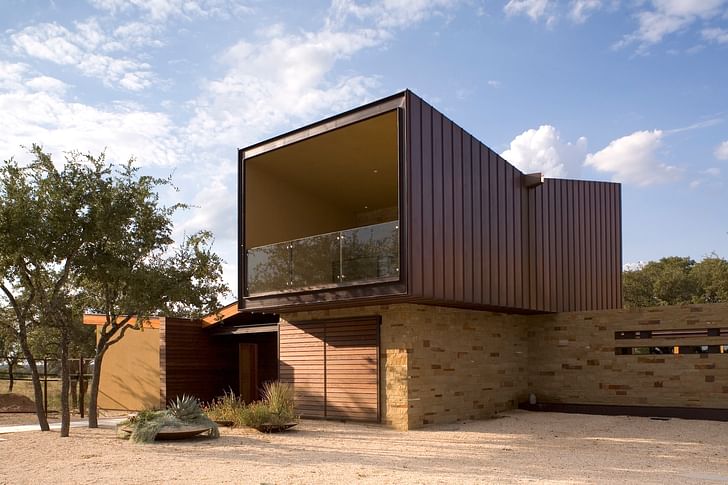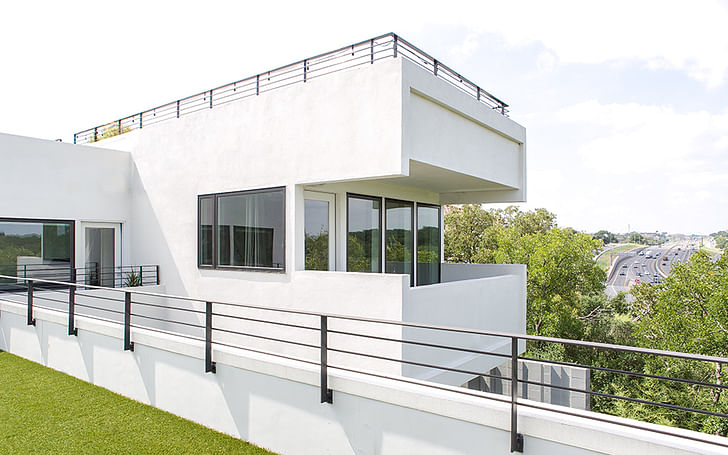

North Arrow Studio, the architectural practice based in Austin, Texas, specializes in modern residential and commercial design that is refined and refreshingly uncomplicated. In this Small Studio Snapshot, we share our conversation with Principal Architect, Francisco Arredondo, and colleagues Blake and Bobbie about running and working at the studio.
How many people are in your practice?
A total of 3.
Why were you originally motivated to start your own practice?
Francisco: It was not an easy decision, but I was ready to move on. What motivated me was the opportunity to be in control of my future and my work in a way that was not possible before.
Blake: To add to this, I think there are many different people that each work in unique ways. Some truly enjoy letting someone else hold the reins, as it allows them to grow and become creative within their specialization. Others prefer to be the spearhead and invest in a team that they know they can rely on. And like Francisco has mentioned, it can be beneficial, and sometimes necessary, to move from one to the other.


What hurdles haves you come across?
Francisco: Maybe the biggest and most elusive hurdle was coming to the realization that running a business (in this case an architectural practice) and designing a building (what I am trained to do) are two very different things, but they both require spirited creativity to be successful and effective.
Running a business and designing a building are two very different things, but they both require spirited creativity
Blake: I think most things, even day to day, could be considered hurdles. But no matter what the issue at hand is, it will always be an opportunity to discover something new, learn from a mistake, or simply an exercise in design to find a solution.
Bobbie: Like Blake mentioned, hurdles are just a part of the job. Problem solving tasks that are a part of the day to day process in a project. I wouldn't call them hurdles, more like...creative/analytic assignments.
Is scaling up a goal or would you like to maintain the size of your practice?
We will grow some, but we will remain a boutique practice.
What are the benefits of having your own practice? And staying small?
Francisco: Starting my own practice was the best way to stop talking and start doing. The advantage of running a small firm is the level of attention to a client's goals and the quality of the work. It is the difference between a tailored suit and one from the Men's Warehouse.
This is what drew me to this firm—being able to dip my feet in every single part of the development process.

Blake: This is actually what drew me to this firm, and what makes it an actively engaging experience—being able to dip my feet in every single part of the development process, from reading a design brief about a client's lifestyle to developing a design concept to discussing all the nuances of local ordinances with city government officials is both challenging and rewarding. I feel like a sponge sometimes.
Bobbie: Being involved in every step of the process from start to finish, gives you this special connection to the project. There is always something new to learn, and seeing the end product is a great feeling when you have put so much of yourself into the project.

No Comments
Block this user
Are you sure you want to block this user and hide all related comments throughout the site?
Archinect
This is your first comment on Archinect. Your comment will be visible once approved.